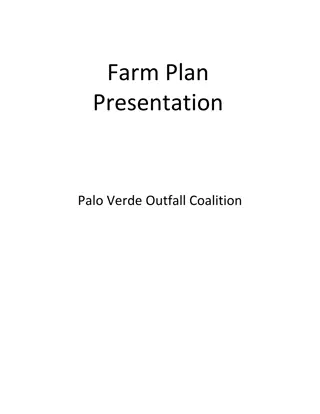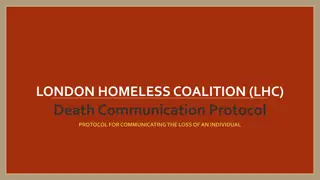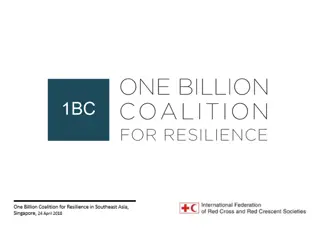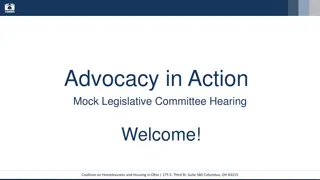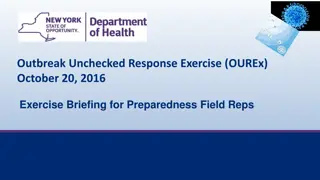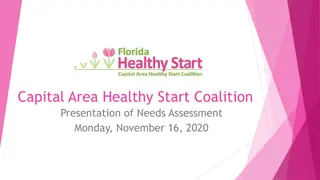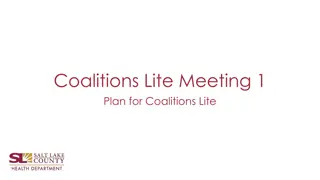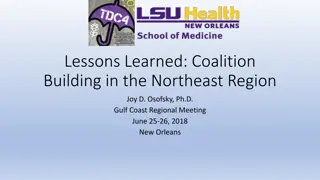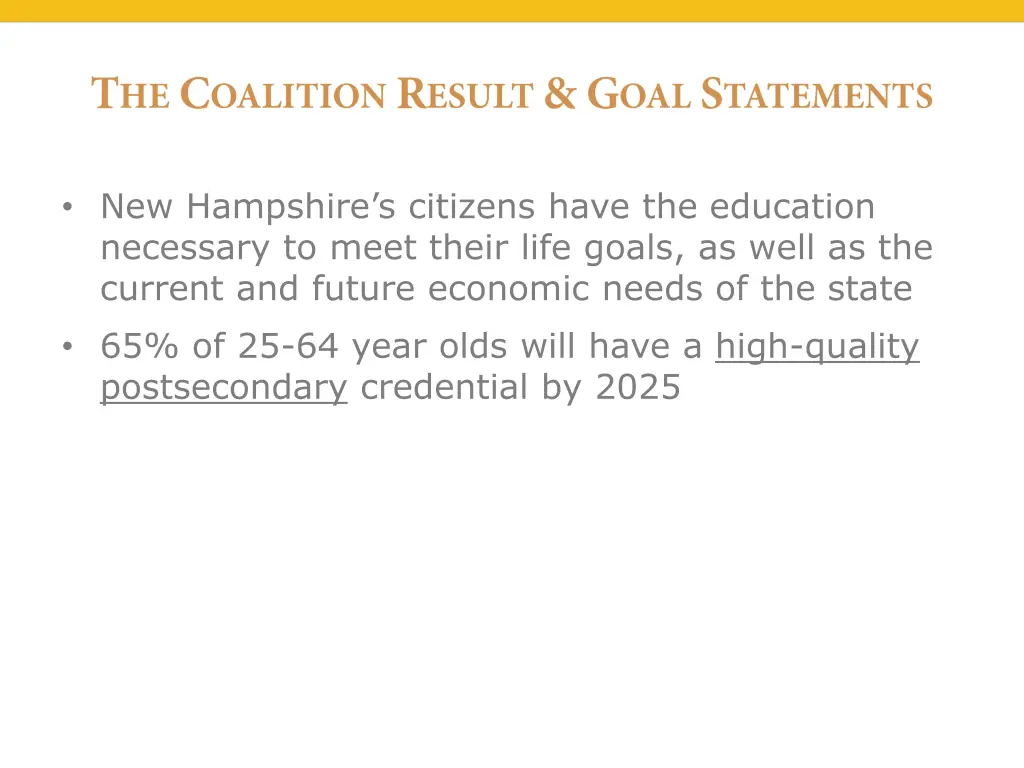
Meeting New Hampshire's Education Goals for 65x25 Initiative
New Hampshire aims to ensure its citizens have the necessary education to achieve life goals and meet economic needs. By 2025, the state targets to have 65% of 25-64-year-olds with high-quality postsecondary credentials. Strategies, targets, and progress measures are outlined to support this goal, including the need to produce and retain additional credentials. Operationalizing the plan involves targeting adults with a high school diploma or some college but no degree, traditional-age students, and addressing challenges such as declining high school populations and migration to attract individuals with high-quality credentials.
Download Presentation

Please find below an Image/Link to download the presentation.
The content on the website is provided AS IS for your information and personal use only. It may not be sold, licensed, or shared on other websites without obtaining consent from the author. If you encounter any issues during the download, it is possible that the publisher has removed the file from their server.
You are allowed to download the files provided on this website for personal or commercial use, subject to the condition that they are used lawfully. All files are the property of their respective owners.
The content on the website is provided AS IS for your information and personal use only. It may not be sold, licensed, or shared on other websites without obtaining consent from the author.
E N D
Presentation Transcript
New Hampshires citizens have the education necessary to meet their life goals, as well as the current and future economic needs of the state 65% of 25-64 year olds will have a high-quality postsecondary credential by 2025
Definition of a high-quality postsecondary credential Target populations and number of credentials to get to 65x25 Strategies to reach 65x25 Structure to support and sustain statewide effort to reach 65x25
A high quality credential is one that inspires an individual to deeper learning in a subject of their choosing, is valued by employers, and will be beneficial in the individual s career or personal pursuits. Progress Measures: Supply (credentialed workers) : Demand (jobs requiring postsecondary education) ratio Postsecondary Enrollment (% of high school graduates enrolling immediately after graduating) In-state Enrollment (% of resident students remaining in-state for college) Postsecondary completions (completions per 100 full-time equivalents ) Proportion of 25-49 year olds enrolled (as percent of 25-49 year olds without a Bachelor s degree)
Number of credentialed individuals needed in NH in 2025 454,019 Estimated number of credentialed residents in 2025 at current attainment rate (53% of 698,491) 370,200 Total additional credentials NH needs to produce and retain by 2025 83,819 Source: Census, NHOEP, IPEDS
NH must operationalize 84,000 to make it actionable, and established the following target populations: Adults Approx. 340,000 adults with HS diploma or some college, no degree Traditional-age students Challenge of steadily declining HS population Migration Need to attract and retain adults with high quality postsecondary credentials
Annual Production (2017-25) Total New Credentials Needed 84,000 1,867 Target Populations: Adults 34,000 756 Traditional Age 31,000 689 Net In-Migration* 19,000 2,111 * This is an annual average in-migration of 25-64 year olds with a high-quality postsecondary credential (simply 19,000 divided by 9 years remaining until 2025). The methodology differs from the annual figures for adults and traditional age students, where the amount displayed is compounded each year.
Strong focus on engaging and supporting adults, in particular those with some college, no credential Not possible to achieve the goal with traditional age students alone Strategies will require effort across multiple partners: High schools / CTE 2- and 4-year postsecondary institutions; public and private Employers Government entities Non-profit organizations
A visible and credible business-led initiative that: Has a steering committee comprised of representatives from partner entities in order to set overall goals and strategies for implementing recommendations from the 65x25 work groups Has staff able to carry out strategies Includes a public report-out mechanism to inform on progress toward goals Develops and implements a communications/marketing plan Is a source for collecting and interpreting data Has sufficient corporate/foundation support to hire staff and secure data collection
In order to sustain momentum for 65x25 attainment, the following occurred since the last Coalition meeting: Having completing its duties, the 65x25 Work Group was retired The K-12 Pathways and Higher Education subcommittees were elevated as the continuing groups to accomplish strategies within their respective areas because they have the authority and resources to do so, and will report progress to the Coalition. For strategies beyond the exclusive scope of the Committees, communication and collaboration was encouraged particularly with the highly anticipated partnership being created by the BIA and NHCF For efforts that may require additional financial support, discussions relating to legislative proposals and foundation possibilities were initiated
K-12 Pathways Committee: Fred Bramante & Eric Feldborg Higher Education Committee: Amy Schwartz & Shannon Reid BIA/NHCF Partnership: Jim Roche & Dick Ober or Katie Merrow Legislative and Other Related Initiatives: Ed MacKay & Bill Duncan



